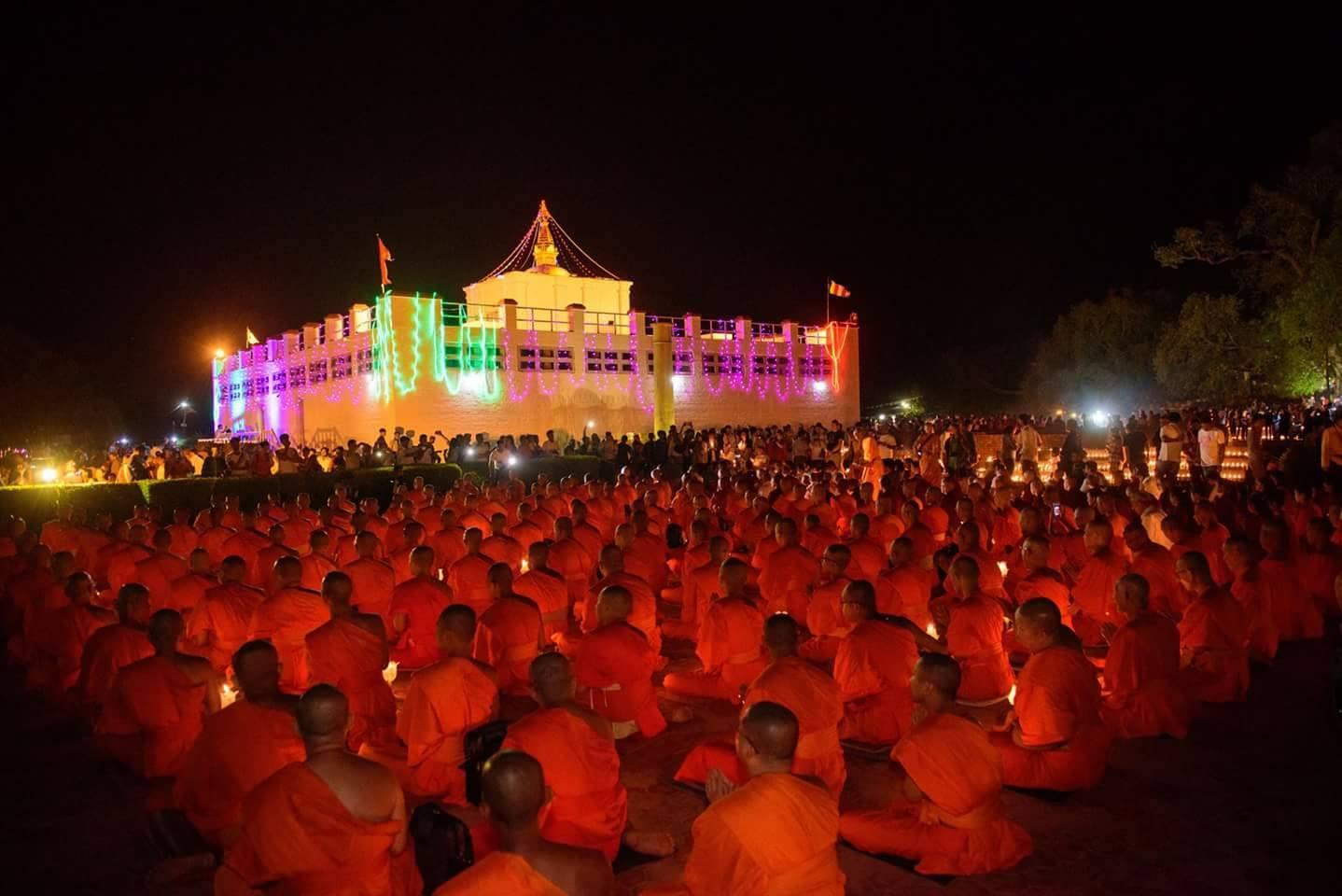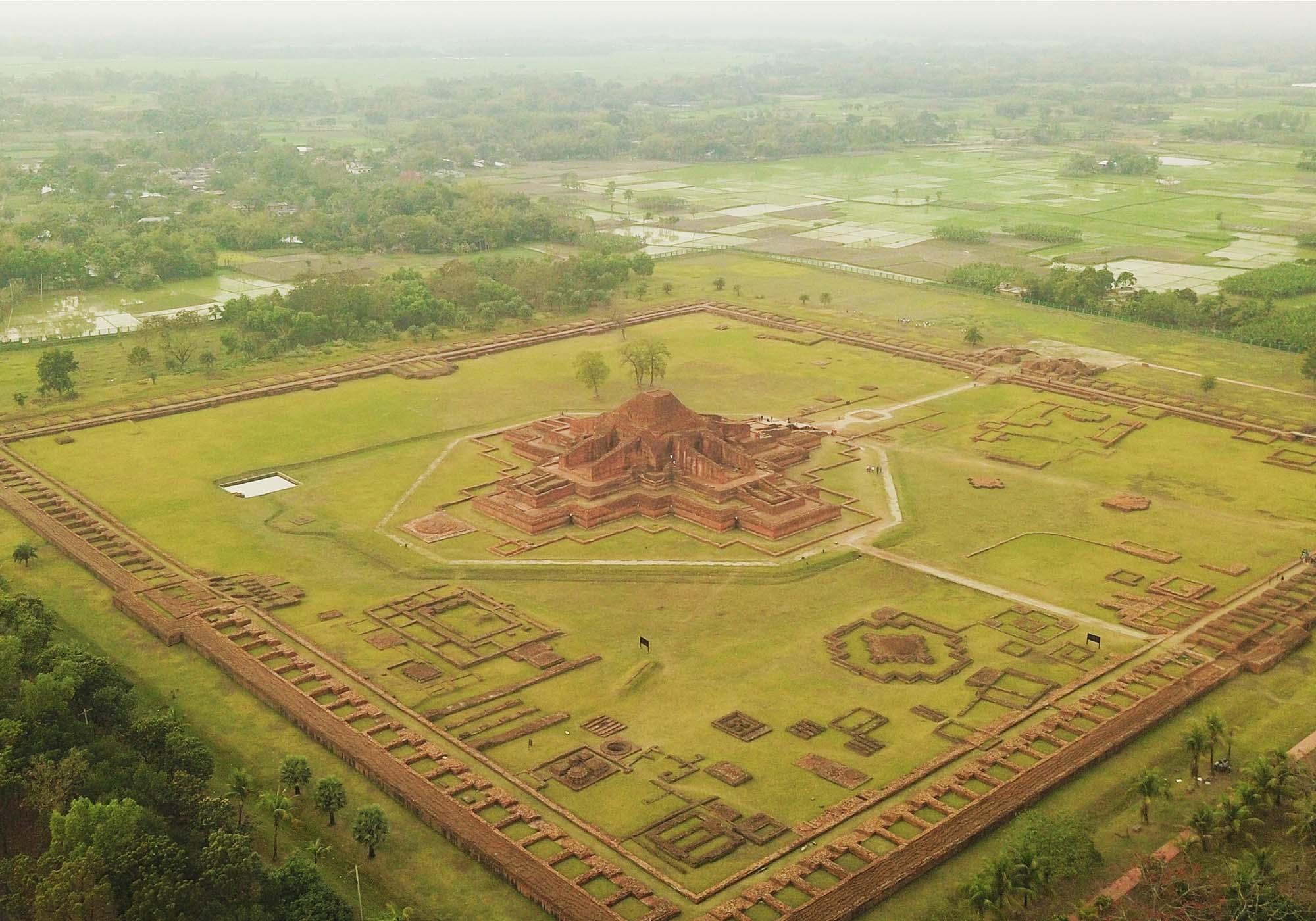What is World Heritage?
The World Heritage List
UNESCO has been working with countries around the world since 1972 to identify World Heritage sites and protect them for future generations. Places as unique and diverse as the wilds of East Africa's Serengeti, the Pyramids of Egypt, the Great Barrier Reef in Australia and the Baroque cathedrals of Latin America are examples of World Heritage sites.
There are more than 1,000 sites on the World Heritage List, in three categories—cultural (such as a temple), natural (like a rainforest), and mixed (where both cultural and natural elements exist at the same location). Together, the sites represent the diversity of our planet and the people who have lived on it. They show the development of human history over thousands of years and celebrate the best of who we are—through art, architecture, religion, industry and much more. They are ours to share, to cherish and to respect. Their disappearance would be an irreparable loss to humanity.

What is the World Heritage Convention?
The 'World Heritage Convention' is the international agreement established to protect places designated as World Heritage sites. It is officially called the 'Convention Concerning the Protection of the World Cultural and Natural Heritage' and it was adopted by the General Conference of UNESCO in 1972—almost 50 years ago. It was founded on the premise that certain places on Earth are of 'Outstanding Universal Value' according to specific criteria and as such should form part of the common heritage of humankind.
Outstanding Universal Value means cultural and/or natural significance that is so exceptional as to transcend national boundaries and to be of common importance for present and future generations of all humanity. As such, the permanent protection of this heritage is of the highest importance to the international community as a whole.
193 nations (States Parties) adhere to the Convention and are part of an international community that is united in a common mission to identify and safeguard our world's most outstanding natural and cultural heritage.
For more information on the 1972 Convention, click here.
For more information on the criteria for Outstanding Universal Value, click here.

How does a site get inscribed on the World Heritage List?
Countries that have signed the World Heritage Convention can nominate sites to be considered for inclusion in UNESCO's World Heritage List. Along with the site nomination, the site needs to have a management plan demonstrating how it will be protected. UNESCO offers help putting the nomination together and once complete, it is assessed by the relevant international advisory bodies: the International Council on Monuments and Sites (ICOMOS), the International Union for Conservation of Nature (IUCN) and International Centre for the Study of the Preservation and Restoration of Cultural Property (ICCROM).
Once a site has been nominated and evaluated, it is up to the intergovernmental World Heritage Committee to make the final decision for addition to the World Heritage List. The Committee is made up of 21 elected members, and they meet once a year to decide on new sites.
Inscription on the World Heritage List is only a first step towards safeguarding these sites for future generations. Management and preservation efforts are an ongoing process, which involves local communities as well as site managers and national authorities.
To view the global list of World Heritage sites, click here.
